-
 Bitcoin
Bitcoin $119300
1.07% -
 Ethereum
Ethereum $3730
3.87% -
 XRP
XRP $3.235
0.29% -
 Tether USDt
Tether USDt $1.000
0.00% -
 BNB
BNB $783.5
1.88% -
 Solana
Solana $188.7
0.25% -
 USDC
USDC $0.0000
-0.01% -
 Dogecoin
Dogecoin $0.2399
-0.44% -
 TRON
TRON $0.3157
2.37% -
 Cardano
Cardano $0.8254
1.94% -
 Hyperliquid
Hyperliquid $42.83
0.14% -
 Stellar
Stellar $0.4372
3.21% -
 Sui
Sui $3.859
4.91% -
 Chainlink
Chainlink $18.53
3.53% -
 Hedera
Hedera $0.2464
0.01% -
 Bitcoin Cash
Bitcoin Cash $519.8
2.46% -
 Avalanche
Avalanche $24.24
2.17% -
 Litecoin
Litecoin $113.7
0.73% -
 UNUS SED LEO
UNUS SED LEO $8.990
0.30% -
 Shiba Inu
Shiba Inu $0.00001390
0.21% -
 Toncoin
Toncoin $3.188
1.49% -
 Ethena USDe
Ethena USDe $1.001
0.02% -
 Polkadot
Polkadot $4.090
-0.91% -
 Uniswap
Uniswap $10.40
4.08% -
 Monero
Monero $326.6
3.12% -
 Bitget Token
Bitget Token $4.627
-0.42% -
 Pepe
Pepe $0.00001281
0.76% -
 Dai
Dai $1.000
0.01% -
 Aave
Aave $291.6
0.98% -
 Cronos
Cronos $0.1269
7.26%
How to set the KAS grid trading strategy? What should be paid attention to in parameter optimization?
KAS grid trading involves setting buy/sell orders at regular intervals to profit from market volatility, requiring careful parameter optimization and regular adjustments.
Apr 30, 2025 at 03:49 am
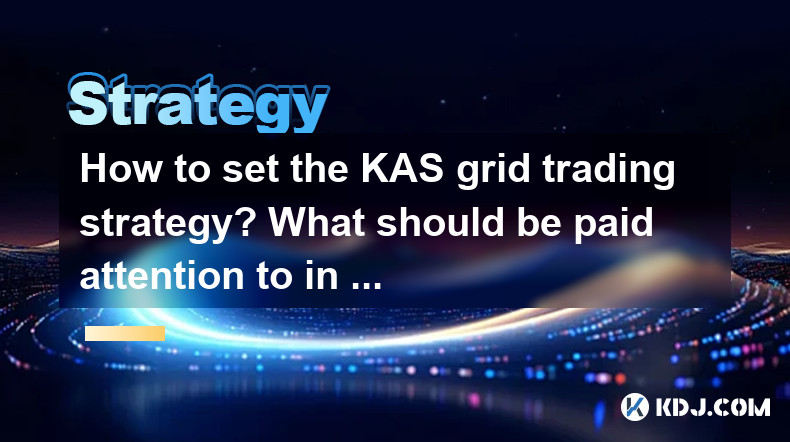
Introduction to KAS Grid Trading Strategy
Grid trading is a popular trading strategy in the cryptocurrency market, particularly for assets like KAS (Kaspa). This strategy involves placing buy and sell orders at regular intervals around a set price, creating a "grid" of orders. The goal is to profit from the volatility of the market by buying low and selling high within the grid. Setting up a KAS grid trading strategy requires careful planning and parameter optimization to maximize potential returns while minimizing risks.
Setting Up the KAS Grid Trading Strategy
To set up a KAS grid trading strategy, you will need to follow these steps:
- Choose a Trading Platform: Select a platform that supports grid trading, such as Binance or KuCoin. Ensure the platform offers KAS trading pairs.
- Determine Your Grid Parameters: Decide on the upper and lower bounds of your grid, the number of grids, and the investment amount.
- Set Up the Grid: Use the platform's grid trading tool to input your parameters and activate the grid.
Choosing the Upper and Lower Bounds
The upper and lower bounds of your grid are crucial as they define the range within which your trades will occur. To set these bounds:
- Analyze Historical Data: Look at the historical price data of KAS to understand its volatility and typical price ranges.
- Set Realistic Bounds: Ensure the upper bound is not too high and the lower bound is not too low, as this can lead to missed opportunities or excessive risk.
- Consider Market Trends: Take into account current market trends and sentiment to adjust your bounds accordingly.
Determining the Number of Grids
The number of grids within your trading range affects the granularity of your strategy. To determine the optimal number:
- Balance Profit and Risk: More grids can lead to more frequent trades and potentially higher profits, but also increase transaction costs.
- Calculate Grid Spacing: Divide the total range by the number of grids to find the spacing between each grid level.
- Test Different Numbers: Use a trading simulator to test different grid numbers and see which performs best with your chosen parameters.
Setting the Investment Amount
The investment amount you allocate to your KAS grid trading strategy will influence your potential returns and risk exposure. To set this amount:
- Assess Your Risk Tolerance: Consider how much capital you are willing to risk on this strategy.
- Diversify Your Portfolio: Ensure that the amount allocated to KAS grid trading does not constitute an oversized portion of your overall crypto investments.
- Monitor and Adjust: Keep an eye on your grid's performance and be prepared to adjust your investment amount based on market conditions.
Parameter Optimization in KAS Grid Trading
Parameter optimization is key to refining your KAS grid trading strategy and improving its performance. Here are the aspects you should focus on:
- Grid Range Optimization: Regularly review and adjust the upper and lower bounds of your grid based on market changes.
- Grid Number Optimization: Experiment with different numbers of grids to find the sweet spot that maximizes profits while keeping transaction costs manageable.
- Investment Amount Optimization: Adjust your investment amount based on the strategy's performance and your overall risk tolerance.
Monitoring and Adjusting Your Grid
Monitoring and adjusting your grid is essential for maintaining its effectiveness. Here's how to do it:
- Regularly Review Performance: Check the performance of your grid trading strategy on a daily or weekly basis.
- Adjust Parameters as Needed: If the market moves significantly, adjust your grid's upper and lower bounds, number of grids, or investment amount.
- Stay Informed: Keep up with market news and trends that could impact KAS prices and adjust your strategy accordingly.
Frequently Asked Questions
Q: Can I use KAS grid trading on any cryptocurrency exchange?
A: Not all exchanges support grid trading. You should check if your preferred exchange offers this feature and supports KAS trading pairs.
Q: How do transaction fees affect the profitability of KAS grid trading?
A: Transaction fees can significantly impact profitability, especially if you have a high number of grids leading to frequent trades. Always consider the fee structure of your exchange when setting up your grid.
Q: Is it possible to automate KAS grid trading?
A: Yes, many platforms that support grid trading offer automation features. These can help you maintain your strategy without constant manual intervention.
Q: What should I do if the market moves outside my grid's bounds?
A: If the market moves significantly outside your grid's bounds, you should consider adjusting your bounds to capture new price movements. Alternatively, you might need to close your current grid and set up a new one with updated parameters.
Disclaimer:info@kdj.com
The information provided is not trading advice. kdj.com does not assume any responsibility for any investments made based on the information provided in this article. Cryptocurrencies are highly volatile and it is highly recommended that you invest with caution after thorough research!
If you believe that the content used on this website infringes your copyright, please contact us immediately (info@kdj.com) and we will delete it promptly.
- NFTs, Trademarks, and Judgments: A New York Minute on the Yuga Labs Case
- 2025-07-25 12:30:11
- Bitcoin, Nativo Resources, and Gold Operations: A New Era for Corporate Treasury
- 2025-07-25 12:50:11
- Bitcoin, Jim Cramer, and the US Deficit: A Wall Street Story
- 2025-07-25 10:30:11
- TGEs, Scalability & Privacy Tech: Decoding the Future of Blockchain
- 2025-07-25 10:30:11
- Crypto Payroll Revolution: How Stablecoins are Changing the Salary Game
- 2025-07-25 12:30:11
- Ben Askren, FUNKY Memecoin, and the Fallout: A New York Minute
- 2025-07-25 10:50:11
Related knowledge
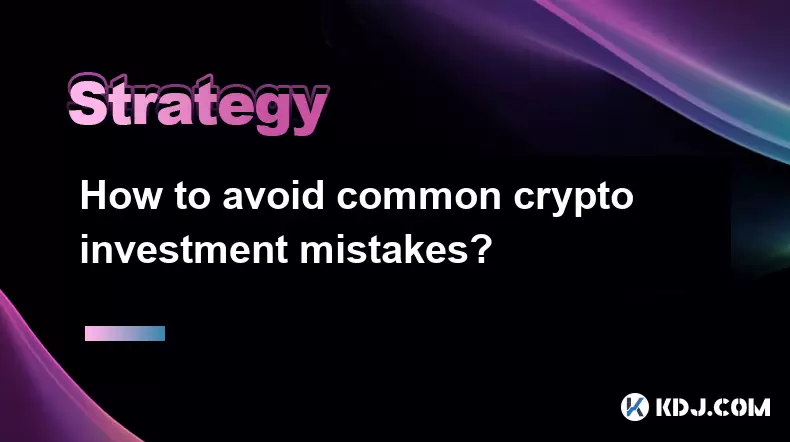
How to avoid common crypto investment mistakes?
Jul 13,2025 at 01:35am
Understanding the Risks of Crypto InvestmentInvesting in cryptocurrency can be highly rewarding, but it also comes with significant risks. One of the ...
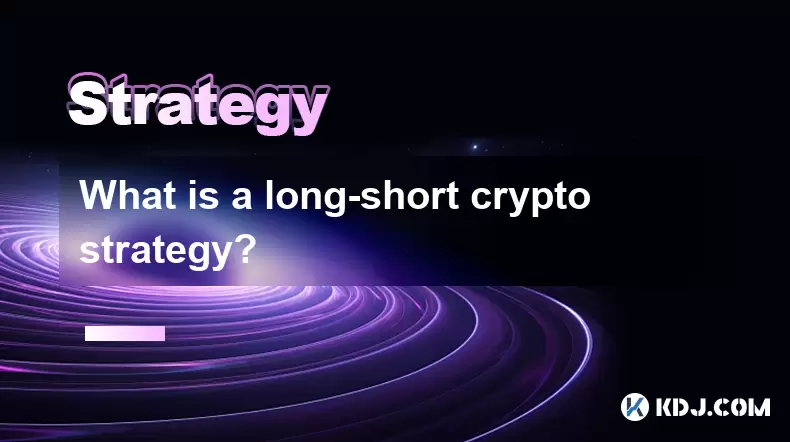
What is a long-short crypto strategy?
Jul 15,2025 at 10:56am
Understanding the Basics of a Long-Short Crypto StrategyA long-short crypto strategy is an investment approach where traders simultaneously take long ...
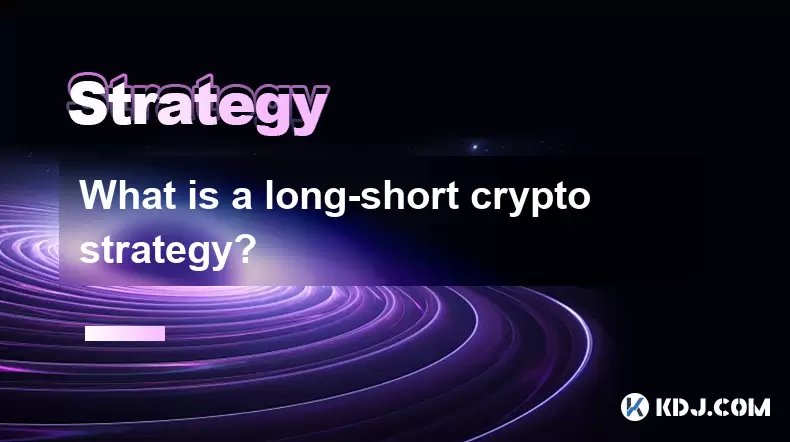
What is a long-short crypto strategy?
Jul 11,2025 at 01:28pm
Understanding the Basics of Long-Short Crypto StrategyA long-short crypto strategy is an investment approach where traders take both long and short po...
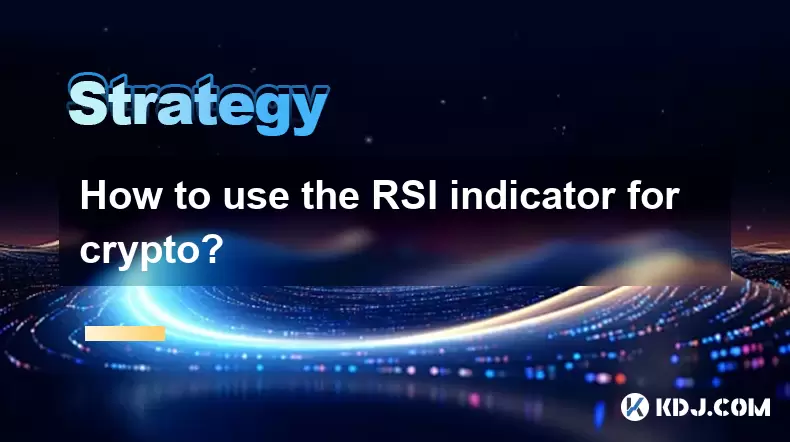
How to use the RSI indicator for crypto?
Jul 12,2025 at 03:56pm
Understanding the RSI Indicator in Cryptocurrency TradingThe Relative Strength Index (RSI) is a momentum oscillator used to measure the speed and chan...

Is copy trading a good strategy for crypto beginners?
Jul 12,2025 at 08:28am
Understanding Copy Trading in the Cryptocurrency MarketCopy trading is a strategy where novice traders replicate the trades of experienced investors a...
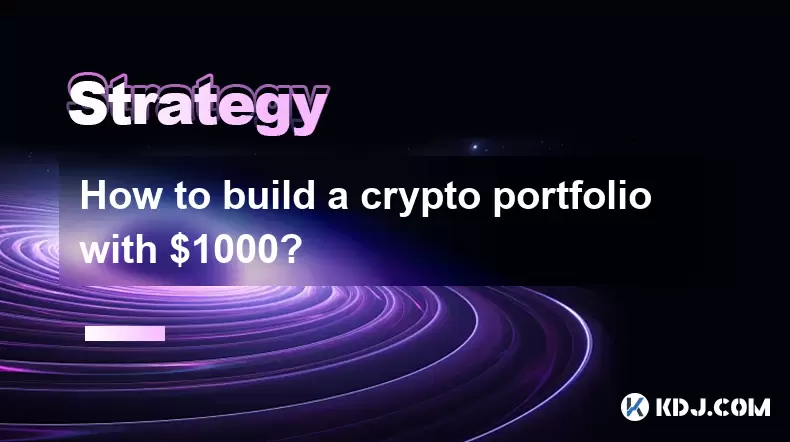
How to build a crypto portfolio with $1000?
Jul 13,2025 at 08:14pm
Understanding the Basics of Cryptocurrency InvestmentBuilding a crypto portfolio with $1000 starts with understanding the fundamentals of cryptocurren...

How to avoid common crypto investment mistakes?
Jul 13,2025 at 01:35am
Understanding the Risks of Crypto InvestmentInvesting in cryptocurrency can be highly rewarding, but it also comes with significant risks. One of the ...

What is a long-short crypto strategy?
Jul 15,2025 at 10:56am
Understanding the Basics of a Long-Short Crypto StrategyA long-short crypto strategy is an investment approach where traders simultaneously take long ...

What is a long-short crypto strategy?
Jul 11,2025 at 01:28pm
Understanding the Basics of Long-Short Crypto StrategyA long-short crypto strategy is an investment approach where traders take both long and short po...

How to use the RSI indicator for crypto?
Jul 12,2025 at 03:56pm
Understanding the RSI Indicator in Cryptocurrency TradingThe Relative Strength Index (RSI) is a momentum oscillator used to measure the speed and chan...

Is copy trading a good strategy for crypto beginners?
Jul 12,2025 at 08:28am
Understanding Copy Trading in the Cryptocurrency MarketCopy trading is a strategy where novice traders replicate the trades of experienced investors a...

How to build a crypto portfolio with $1000?
Jul 13,2025 at 08:14pm
Understanding the Basics of Cryptocurrency InvestmentBuilding a crypto portfolio with $1000 starts with understanding the fundamentals of cryptocurren...
See all articles

























































































